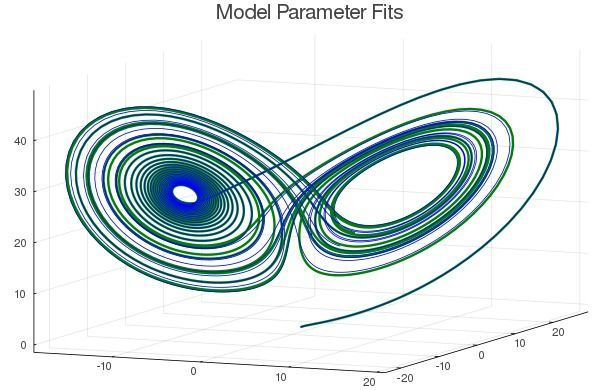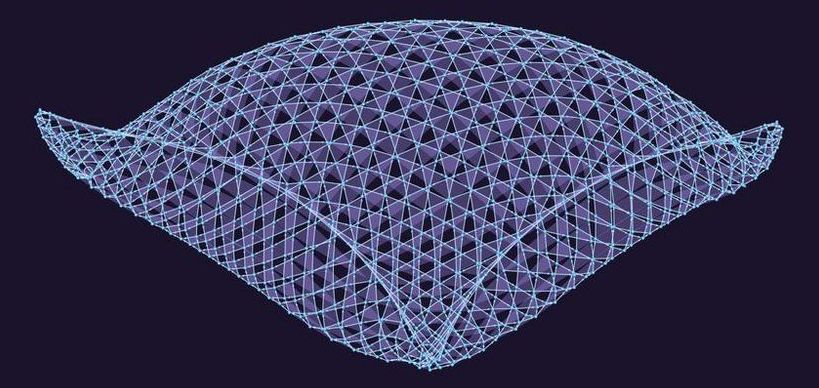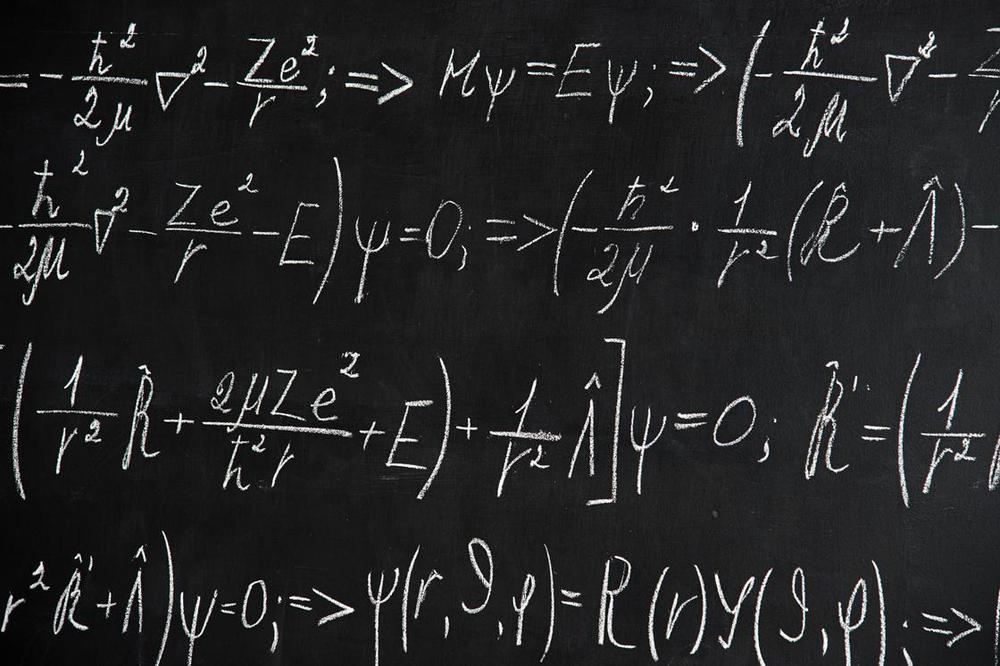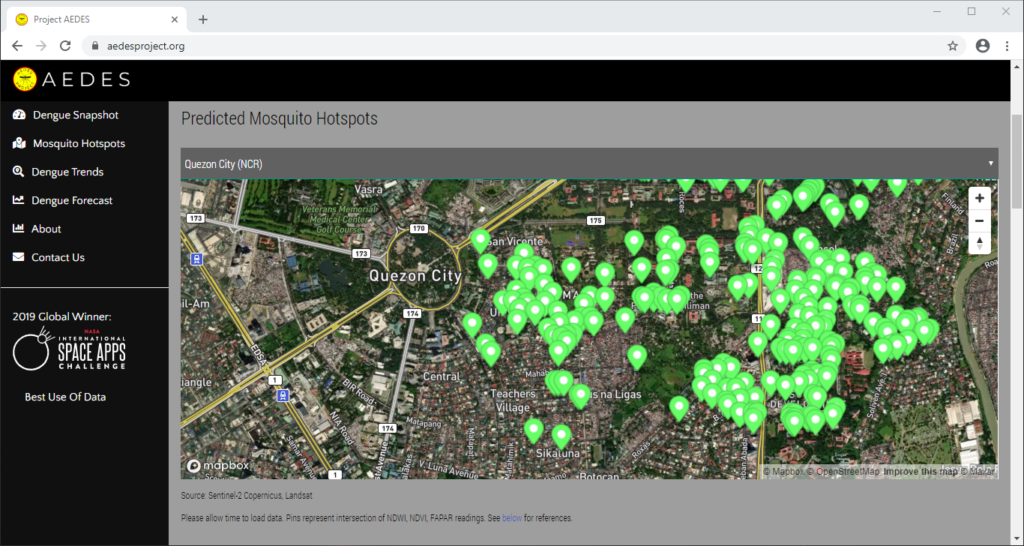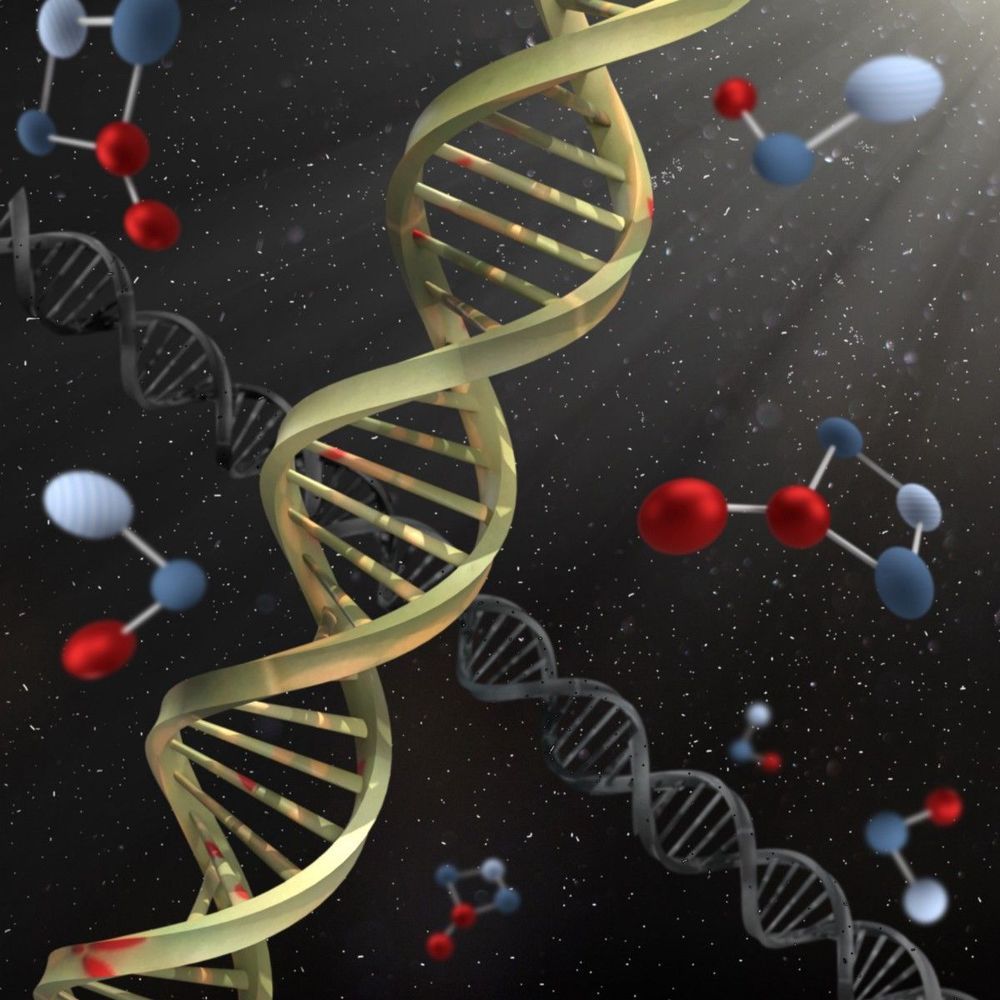Can we study AI the same way we study lab rats? Researchers at DeepMind and Harvard University seem to think so. They built an AI-powered virtual rat that can carry out multiple complex tasks. Then, they used neuroscience techniques to understand how its artificial “brain” controls its movements.
Today’s most advanced AI is powered by artificial neural networks —machine learning algorithms made up of layers of interconnected components called “neurons” that are loosely inspired by the structure of the brain. While they operate in very different ways, a growing number of researchers believe drawing parallels between the two could both improve our understanding of neuroscience and make smarter AI.
Now the authors of a new paper due to be presented this week at the International Conference on Learning Representations have created a biologically accurate 3D model of a rat that can be controlled by a neural network in a simulated environment. They also showed that they could use neuroscience techniques for analyzing biological brain activity to understand how the neural net controlled the rat’s movements.
